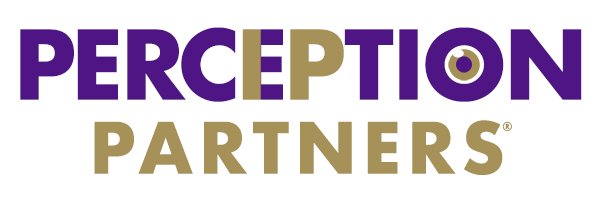Evaluating Building Products Freedom to Operate with IP Landscaping
A research and development (R&D) director and in-house IP attorney of a building materials company approached Perception Partners to inform new product development decision-making.
Challenges: The company was venturing into a new line of fiberglass insulation boards but lacked expertise in component design and assembly. They sought to include their unique phase change materials into fiberglass insulation boards with high impact and fire resistance. We were presented with early prototypes from the R&D team to inform searching. The IP attorney was primarily concerned with freedom to operate (FTO) issues, particularly those posed by litigious competitors also expanding from the advanced materials sector.
Quantifying boundaries in the IP landscape. Intellectual property (IP) landscaping is a valuable approach to uncovering diverse innovative opportunities and risks. For this building products IP landscape (delivered via our Intellar dashboards), a curated set of patents, applications, literature & news was cleaned, categorized & summarized to provide concise evidence of customer trends & competitive barriers related to protected designs, alternative uses of materials and popular manufacturing solutions.
Pinpointing IP alternatives. The innovation & patent leaders in this space were found to be insulation board manufacturers and multi-national building materials suppliers, with very few start-ups. Key players focused on pre-assembled modular structures, fire-resistant formulations and vacuum insulation panels.
Mitigating risks and maximizing value with teamwork. We led a half-day interactive workshop with the R&D and legal team to discuss inventive schemes (ways to solve the same problem) and supporting IP as learned from the landscape. Insights were shared about protected material innovations, alternative designs and novel pre-assembly and onsite assembly options.
Results: Confidence, inspirations, workarounds. By the conclusion of the workshop, the team had more confidence in their own designs with much more detailed understanding of granted patents and pending applications from known players and emergent leaders. IP counsel had a shortlist of patents and claims to evaluate for further FTO risks. Ultimately, this work led to the combined team identifying areas requiring improvements as well as potential workarounds to avoid infringement as their new products experienced uptake in the market.

